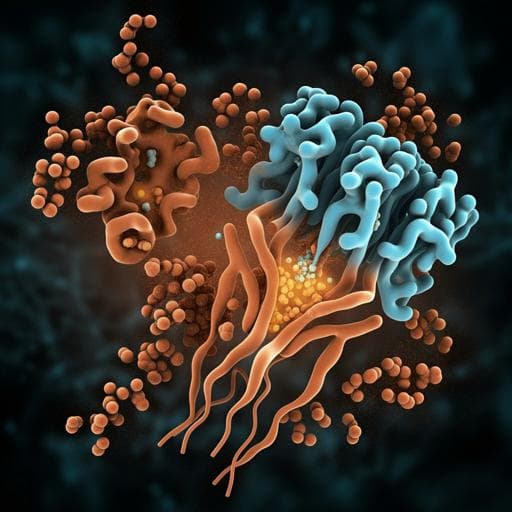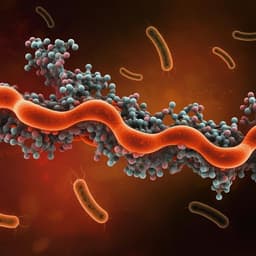
Health and Fitness
Effects of swimming training in hot and cold temperatures combined with cinnamon supplementation on HbA1C levels, TBC1D1, and TBC1D4 in diabetic rats
S. M. Tayebi, A. H. Nouri, et al.
This exciting study reveals significant improvements in diabetes management through eight weeks of cold water swimming combined with cinnamon supplementation, as demonstrated in diabetic rats. The research conducted by Seyed Morteza Tayebi, Amir Hossein Nouri, Bakhtyar Tartibian, Somayeh Ahmadabadi, Aref Basereh, and Iman Jamhiri suggests a promising new approach to lowering HbA1C levels and glucose levels.
~3 min • Beginner • English
Related Publications
Explore these studies to deepen your understanding of the subject.







